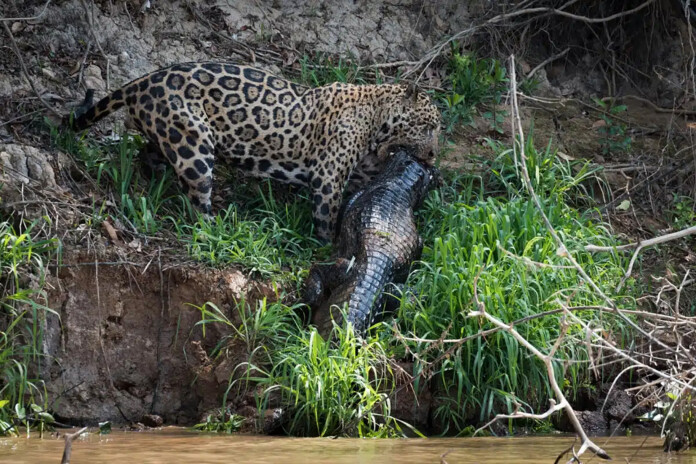Compiled by The Global Rewilding Alliance and ten partner organizations the report presents powerful evidence that reintroducing and protecting key wild animal species is crucial to the health of wetlands.
As part of efforts to mainstream a rewilding perspective in science, policy and practice, the Global Rewilding Alliance undertook a preliminary analysis of how mammals, birds, fish, reptiles and amphibians, macro-crustaceans (especially crabs and crayfish) and mollusks shape lakes, rivers and streams, as well as salt marshes, seagrass meadows, estuaries, coastal lagoons, deltas and mud flats, mangroves, coral reefs, and kelp forests.
The work consisted of an extensive literature review combined with the compilation of eleven case studies: ten drawn from practical work in Asia, Europe, and Latin America, and two derived from summaries of published studies. The studies serve to illustrate and contextualize the findings of the review.
Wetlands are widely renowned as crucial ecosystems that support biodiversity, regulate water cycles, store carbon, and provide resilience to flooding and droughts, but lesser known are the critical roles wild animal species play to make all this possible. They help combat climate change, prevent biodiversity loss, control invasive species, and enhance water security.
Ecosystem Engineers
- Reshape Landscapes: Animals like beavers build dams that change water flow, create new water bodies, and allow different species to thrive.
- Distribute Nutrients: From large mammals to tiny insects, all sorts of species help to distribute nutrients within and between wetlands, which supports plant growth and maintains soil fertility.
- Improve Water Quality: Many animals filter pollutants from the water, leading to cleaner rivers and lakes.
- Stabilize Shorelines: The activities of animals can prevent erosion and stabilize the soil along the shores, safeguarding the wetland against storms and wave damage.
The report illustrates these findings through compelling case studies, among them:
Neotropical fish (like the ones we see snorkeling): It maintains the diversity of the Amazon by dispersing seeds of over 100 tree species. As beavers move continuously along rivers, they create a mosaic of habitats while their dams mitigate the effects of droughts and floods. The seabird poop we run to avoid, enhances the health of mangroves and coral reefs by distributing nutrients. The crab pinches, the otter splashes, and the terrapin paddles—actions we often overlook but are critical for maintaining the stability of salt marshes, essential in combating rising sea levels!
To learn more, access the full report and accompanying case studies.










